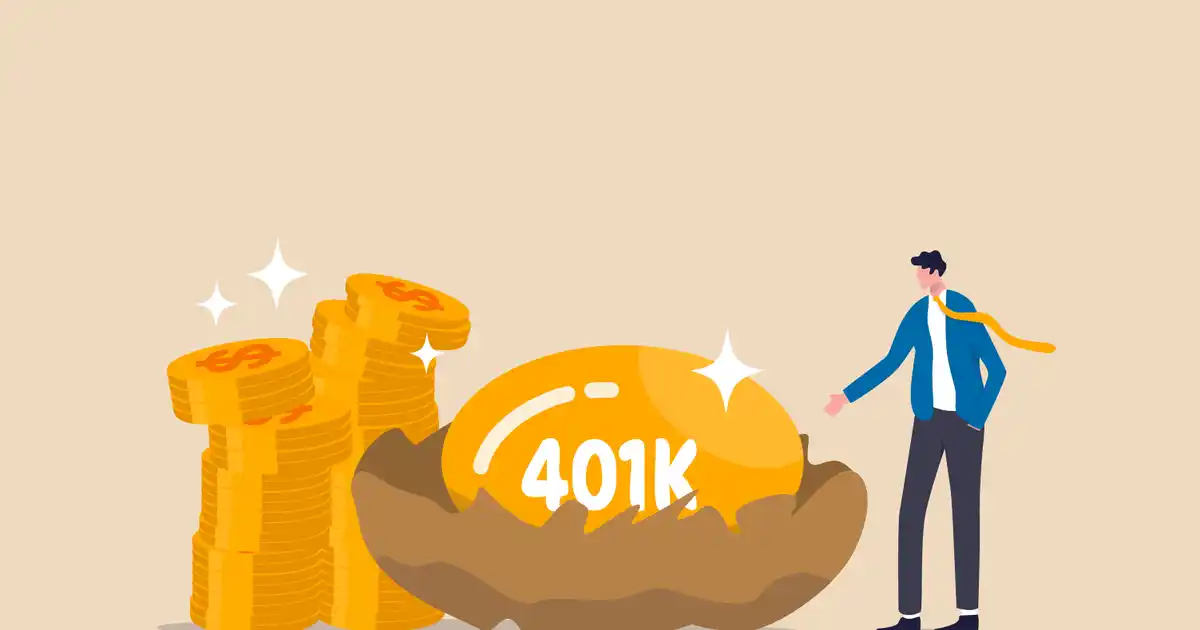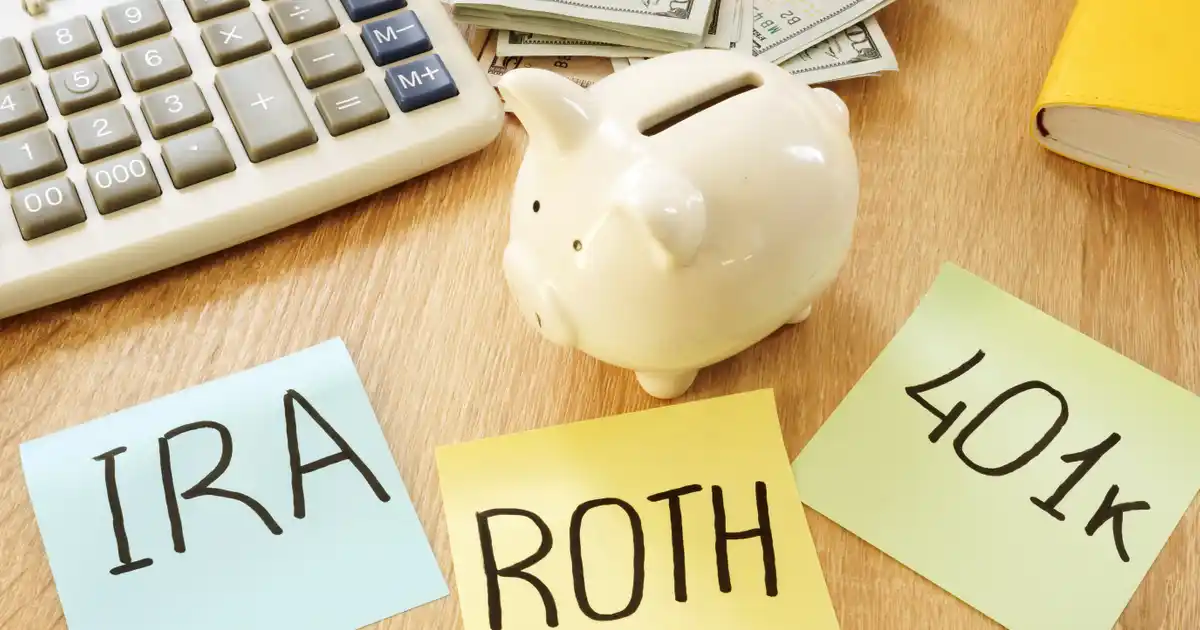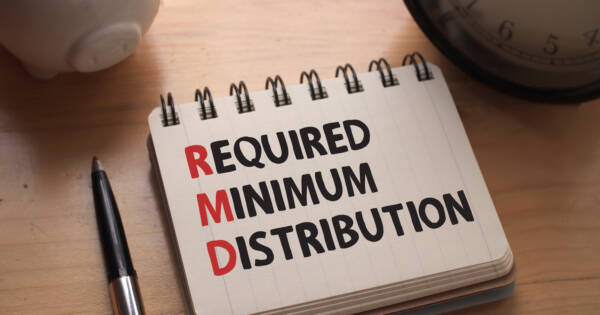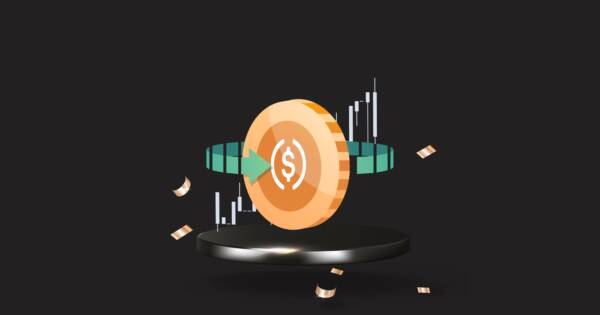In the other articles in our “Retire at 55” series, we’ve talked a lot about “saving” for retirement. But the truth is that you will never be able to save enough money to retire (and certainly not retire early) if you simply stash it away in a savings account. Instead, when we say “saving” for retirement, we really mean investing for retirement. Investing is the proven way to make your money grow steadily over time to reach your long-term financial goals.
In this article, we’ll introduce you to the basics of retirement investing and share expert advice from Ted Snow, a certified financial planner with the Snow Financial Group and author of Investing QuickStart Guide and Retirement Planning QuickStart Guide.
What Is An Investment Portfolio?
If you’re new to investing, your portfolio is a collection of all of the different types of investments that you have made. The decision about where exactly to invest your money depends largely on your investment goals. Some people are in it for the short-term and are willing to make risky bets that can win (or lose) big. That’s more speculation than actual investing. With retirement investing, the goal is long-term growth. That’s achieved by a more conservative and consistent investment strategy.
To achieve that kind of long-term growth, most retirement investors put the bulk of their money in so-called “retirement accounts.” The most popular options being 401ks and IRAs (Individual Retirement Accounts). We’ll get into the details of each of these accounts in a minute, but retirement accounts have a few big=picture advantages. Here’s a quick summary:
- They grow your money tax free. That means you won’t be taxed on any earnings in a retirement account until you start withdrawing the money after retirement.
- An investment portfolio takes advantage of compound interest, doubling your money roughly every ten years.
- They make it easy to diversify your investments and tailor them to your individual risk tolerance.
For beginner investors, retirement accounts are definitely the safest bets. However, as you grow more comfortable with investing, you might want to add other types of investments to your retirement portfolio, like rental properties or annuities. For now, let’s look more closely at 401ks and IRAs, the workhorses of most retirement portfolios.
 Shutterstock
ShutterstockAdvantages of a 401k
A 401k is a type of retirement investment account offered by employers. There’s a good chance that if you work for a mid-size or larger employer, the company has a 401k retirement plan. Many smaller businesses do, too. If you’re not sure, it’s worth asking your human resources department. However, most companies that offer them will bring it up when you’re first hired.
Every 401k plan is a bit different. However, what they have in common is the ability to set aside part of every paycheck. That money gets invested in stocks, bonds and other types of investments. Beginning investors often choose to invest in mutual funds, which are professionally managed stock portfolios that deliver steady returns over time.
The two main advantages of a 401k are:
- Tax-deferred employee contributions.
- Employer matching.
As an employee, you have a couple options. You can have a fixed amount taken out of each paycheck (say, $100) and invested into your 401k. This is “pre-tax” money, meaning that you pay no income tax on it. It just goes straight into your retirement account without you having to lift a finger.
Even better, many employers offer to match a percentage of the money you put away. A typical arrangement is to match 50 percent of employee contributions, up to a certain limit. For example, if make $50,000 a year and put away five percent of all your income, that will will equal $2,500 in savings. Your employer might offer to match your contributions, dollar for dollar, up to another four percent. That’s another $2,000 per year towards your retirement, for a total of $4,500 a year. And that’s free money.
Maxing Out Your 401K
To take full advantage of both tax-deferral and matching, it’s best to “max out” your 401k contributions. That means putting away the maximum amount allowed by the IRS for each tax year. For 2021, the 401k contribution limit is $19,500 (with an additional $6,500 “catch up” contribution for people 50 and older).
Keep in mind that with a standard, tax-deferred 401k, you will eventually pay income tax on any money you withdraw. For most people, that means paying tax on it once they withdrawal it after retirement, meaning they will be earning less income than their working days.
However, if you’re still young and expect that you’ll be in a higher tax bracket when you retire, it might be smarter to pay income tax on that money now and withdraw it tax-free later. That type of arrangement is called a Roth 401k. As with the regular 401k, the maximum amount you can invest in a Roth 401k for 2021 is $19,500 if you’re under 50. If you’re over 50, you can add an extra $6,500.
“Right now, we’re probably at the lowest tax level that we’ll see for the rest of our lives,” says Snow. “Why not pay the taxes now and let it grow forever tax-free?”
Self-employed business owners (without employees) can also invest in something called a Solo 401k. It operates like a standard 401k without the employer matching. To make up for that, the IRS allows Solo 401k investors to contribute up to $58,000 annually in 2021.
 Shutterstock
ShutterstockAll About IRAs
An IRA functions a lot like a 401k. As the investor, you make regular contributions to your IRA. You also have a certain amount of choice about where your money is invested. Again, the safest bet is to put it in one (or more) mutual funds that invest in a diversified range of stocks.
Unlike a 401k, there is no employer matching with an IRA. The contributions don’t come directly out of your paycheck. Instead, it’s up to you to make regular contributions with your after-tax income. Pro tip: set up an automatic withdrawal from your checking account every month.
IRAs also have lower contribution limits. The IRS only allows you to invest $6,000 every year in an IRA. (Or $7,000 if you’re 50 or older.) The good news is that if you don’t have a 401k (or another type of employer-sponsored retirement account), you can deduct your contributions to an IRA from your taxable income in April.
Again, if you think that you will be earning more in your 60s than you earn today, then you might want to opt for a Roth IRA. Similar to a Roth 401k, a Roth IRA allows you to withdraw money from the account tax-free in retirement. The downside is that you can’t deduct Roth IRA contributions from your taxes now. With proper planning though, it will pay off in the future. Roth IRAs have the same contribution limits as regular IRAs.
Why Not Both?
One popular investment strategy is to invest in both types of retirement accounts — one that is taxed now and one that’s taxed later. If you have a regular 401k from work that’s tax-free now, it makes sense to balance that out with a Roth IRA that will be tax-free in the future. Think of it as “tax diversification.”
If you’re a self-employed business owner, there’s another type of IRA called an SEP IRA (Simplified Employee Pension). It raises the annual contribution limit to $58,000, just like the Solo 401k.
 Shutterstock
ShutterstockHow to Avoid Early Withdrawal Penalties
Since this series is about retiring early, it’s important to note that both 401ks and IRAs impose a ten percent penalty if you try to withdraw any money from the retirement account before you are 59.5 years old (with some exceptions).
To avoid that kind of penalty, Snow recommends opening a separate, non-retirement investment account called a brokerage account. By opening a brokerage account with a large firm like Vanguard or Fidelity, you can buy mutual funds or other stocks and hold onto them just like you would in a 401k or an IRA.
Brokerage accounts don’t have the tax advantages of a 401k or an IRA. However, they also don’t have contribution limits and you can withdraw the funds whenever you want. So, if you plan to retire at 55 and can stash away a portion of your savings in a brokerage fund, it could cover the 4.5 years in which you’re unable to withdraw from your other retirement accounts without a penalty.
Stick To a Plan (and Let Compound Interest Work Its Magic)
Snow says the keys to successful retirement investment are: 1) start early, and 2) stay the course.
The earlier you start investing for retirement, the more you will reap the benefits of compound interest — which Albert Einstein (supposedly) called the “eighth wonder of the world.” Since compound interest continuously reinvests all your investment earnings, your money grows exponentially faster than if it was sitting in an interest-bearing savings account.
As Snow explains it, if you can get a seven percent return on your investments (the stock market averaged a 10.1 percent annual return from 1926 to 2018), then the amount of money in your retirement accounts should double every ten years. If you start investing when you’re 20, then your money will double by the time you’re 30, then double again by the time you’re 40. It might double two more times before you retire. That’s the power of compound interest!
 Shutterstock
ShutterstockStay The Course
Compound interest only works if you play the long game. Don’t panic when the market takes a downturn and your investments suddenly lose value. That’s exactly what happened during the Great Recession, when many investors saw their retirement savings cut in half. The urge is to pull out all of your money and put it somewhere safe, like the bank (or under the mattress).
Snow says that it’s a terrible mistake to pull out your money when prices are low. He compares it to a roller coaster ride when you crest the big hill and start plummeting down the track.
“You can’t help but scream and yell when it’s going down, but you’re not going to get hurt if you don’t jump off,” says Snow. “It’s the same with investing. Stay in the market and let yourself come up on the other side.”
Once you choose to start investing in a 401k or IRA, keep making regular contributions. Whenever possible, increase the value of those contributions when you can afford to. The more shares that you buy during your working years, the more income you will have during your retirement.
What’s Next?
Now that you’re primed to start investing, avoid making costly (and common) blunders with our list of seven mistakes to avoid as a newbie investor. The stock market can be a strange and confusing place, especially if you look for advice in weird (but popular) corners of the internet like WallStreetBets on Reddit. Before you dive in head (and wallet) first, read the final article in our “Retire at 55” Learning Path to make sure you avoid these common errors.








